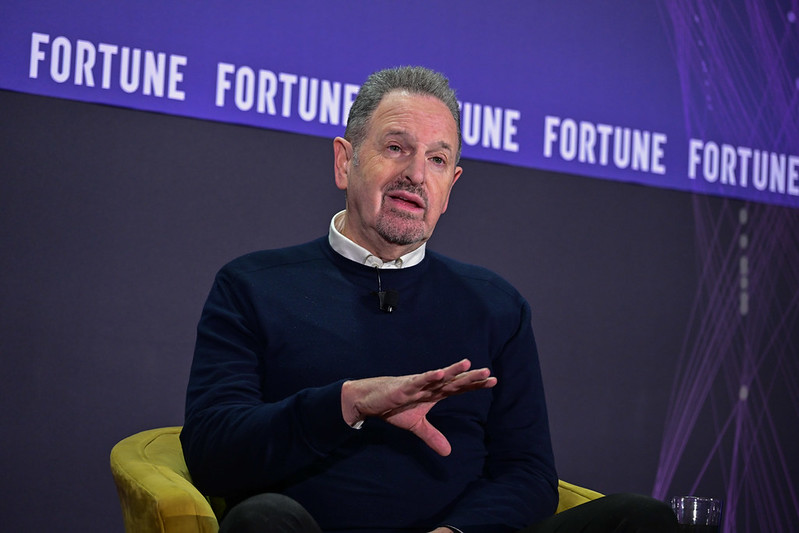With the arrival of the Tesla Model 3, many agree that the electric car is finally poised to go mainstream. But as the grand plans of CEO Elon Musk come to fruition, cities and businesses need to move fast to install enough public chargers for all of them—and maybe even to produce enough electricity.
The Wall Street Journal’s Christopher Mims points out that while the 44,000 public charging stations currently online may feel like enough now, that’s about to change in a big way. Tesla alone expects to make over 400,000 EVs by the end of next year. That would nearly double the size of the U.S. electric fleet, even before you add in the occasional Nissan Leaf or Chevy Bolt.
Many existing public chargers are in places like business parking lots, and those stations should be easy to expand as electrics multiply. But Mims identifies a glaring weak point in the network—streetside charging for urban residents without garages is extremely scarce. Those urbanites, moreover, are among the most likely customers for mainstream electrics like the Model 3.
Get Data Sheet, Fortune’s technology newsletter.
Chargepoint, the biggest U.S. charging provider, has installed a few dozen chargers in lampposts in Los Angeles, which might suggest one way forward on that issue. But in places like Brooklyn, where street parking is universal yet scarce, the transition to electrics may require a wholesale rethinking of what a curb looks like.
And there’s an even bigger problem. According to Mims, if enough people want to charge their cars during periods of peak demand, or at high-speed superchargers, there may not even be enough power on the grid to do it.
The good news—or, from a climate perspective, bad news—is that there should be time for planners to keep up with drivers’ shifting needs. Those 400,000 new Teslas might sound like a lot, but they’ll be joining a U.S. fleet of more than 250 million old-fashioned, gasoline-powered cars. Most current analysis suggests electric cars will take at least two decades to outsell gasoline vehicles, and many years after that to make up a majority of cars on the road.











